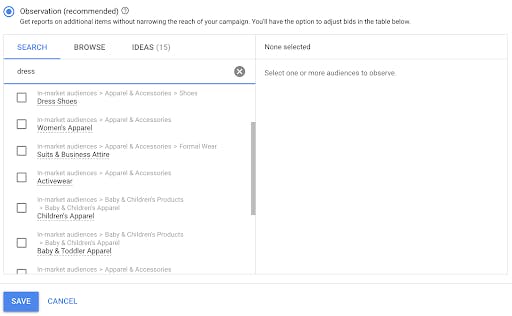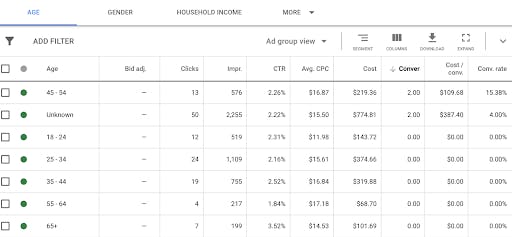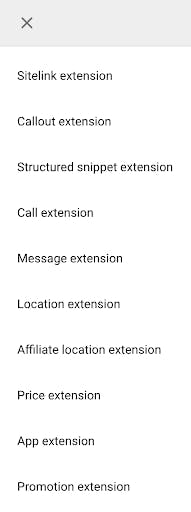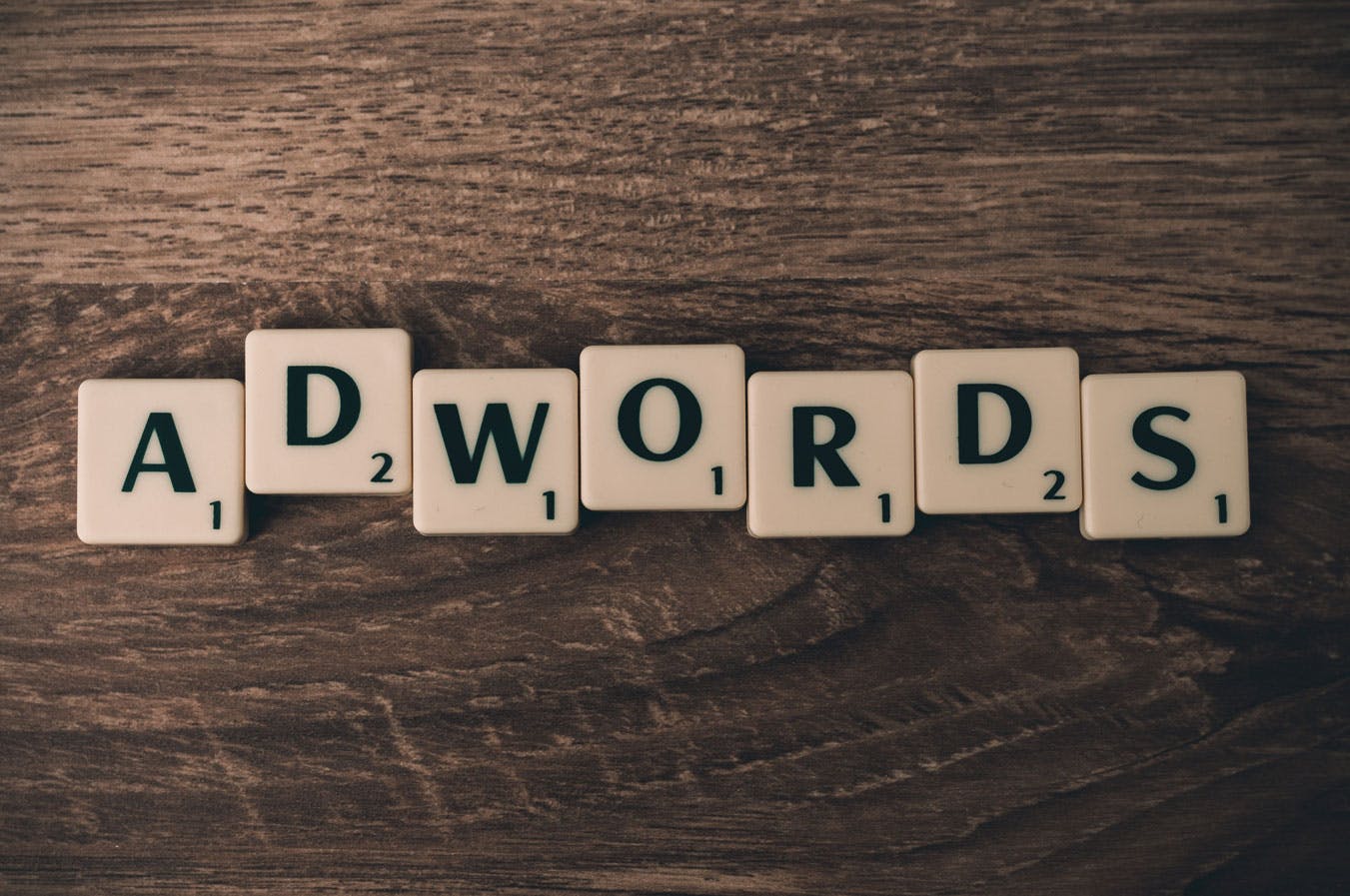
While Google is a constantly evolving platform, these PPC best practices are tired and true.
With a constantly evolving platform such as Google Ads, it can be difficult to stay on top of all of the changes and new features that Google introduces (Gallery Ads anyone?) Some things do remain constant, however. Today we want to go over some of the tried and true PPC best practices that continue to remain evergreen such as:
- Determining your audience
- Selecting the right keywords
- Using negative keywords
- Landing pages
- Utilizing Ad Extensions
Who is Your Audience?
Knowing your audience will help you set up the entire foundation of your PPC campaign. This goes beyond simply knowing that if you sell women’s dresses, you want to target women. You need to learn more about their interests, age range, the type of tone they best respond to, and more.
So how do you get all of that information?
Well, there are actually several different ways. When it comes to getting information regarding their interests, you are going to want to set up an Observation Audience for your Campaign or Ad Group. If you are running several different Ad Groups for widely different products/services, it would be best to set up different Observation Audiences for each of them.
So what exactly is an Observation Audience? Well to put it simply, Google Ads will give you data on what types of interests your audience has. So for the dress example, we gave previously, you can type in your keyword, “dress”, and Google will suggest some different categories you can monitor, as shown in the image below.

So If we know our audience relates to Women’s Apparel, we can add that audience to our list, along with other ones that we find relevant. Then, as the campaign is running, you will start to get data from Google regarding CTR, Conversions, and CPC for that particular group. If you see that you have a high conversion rate for an audience in particular, you can choose to increase your bid for that audience.
There is also an exclusion list as well. If you know your business doesn’t fall under “activewear” or “children’s apparel” you can add that as an excluded audience, so you don’t waste time or money showing ads to that group.
When it comes to knowing your demographic, this is something that will come with time as your campaign is running. You can view the demographics section in your Google Ads account to see data regarding Age, Gender, and even Household Income.

Once you have a feel for the demographic you receive the best response from, you can then start adding bid adjustments to really narrow down your target audience.
Don’t forget that the bid adjustment goes both ways! You can increase and decrease your bids for various things, so be sure to utilize the decrease option for audiences or demographics you’re not seeing a response from.
Having a base knowledge of your audience will help you to establish a good tone to use for your ad copy. If you already know you want to sell summer sundresses, you can write copy that has a more fun and flirty tone. If you sell bridal gowns, you’ll want to have a more elegant and luxurious tone. The best practice here is to just test some different variations in your ad copy to see what generates the best response.
Selecting The Right Keywords
After you’ve gotten to know your audience on a more intimate level, you might have a better understanding of what types of search queries they may be using. The most common issue that people run into when it comes to picking the right keywords is industry jargon.
You see this most commonly in the medical industry. If you are a cosmetic surgeon, and you want to generate more business for Rhytidectomy, you may think that’s the best choice for a keyword. When we look at the data in keyword planner, we can see that more people search for “facelift” than they do Rhytidectomy.

Be sure you thoroughly do your research when it comes to picking the right keywords. Be mindful of industry jargon and if your audience commonly uses it or not. Keep in mind that it's also not just about volume, you also want to consider the intent behind the search. Some people are still in the research phase and others are ready to buy.
Using Negative Keywords
You've likely heard the term, "negative keywords" once or twice before. Essentially negative keywords give you the ability to tell Google what searches you do not want your ad to show up for.
This is something that can be easily overlooked, and many people new to Google Ads don't utilize this function. When you click on a campaign or ad group, you can view the search terms that were used to trigger your ads. If you see something that isn't relevant, or that you simply don't want to show up for, you can add it as a negative keyword.
You'll want to closely monitor this section, as you'll likely be adding a lot of negative keywords throughout the first few weeks of your campaign. This is especially true if you've targeted some broad or broad match type keywords.
Landing Pages
Creating an ad that generates clicks is just the beginning. What’s really going to determine if someone converts is your landing page. We could write a whole book about landing pages, and conversion rate optimization... But for your convenience we’ll just give you the Cliffs Notes version:
First things first - your content and landing pages need to be relevant to the keywords you are targeting. This not only provides a good user experience but also helps you to get a better quality score on your ad, which in turn helps your ads to have a better CPC, which helps you save money.
Once you’ve either picked out a good landing page or created a new one, you’ll want to have the copy on that page match the tone for the audience you are targeting. Since you are now an expert at knowing who your target audience is, this part should be a breeze.
After you have some copy created, sprinkle some CTA’s throughout the page to better encourage a user to take action. Don’t be afraid to experiment with your CTA’s. For example, if I sell a weight loss program a standard CTA might be, “Sign Up Now” or even more simply, “Add to Cart”. This is fine, but something more creative like, “Start Losing Weight” evokes more of an emotional driver to cause someone to click and make that purchase.
Utilize Ad Extensions
Google Ads has a ton of extensions you can add at an Account, Campaign, or Ad Group level (pictured below). Not all of these will apply to whatever product or service you are advertising, but you should try to use all that do.

So what’s the benefit of using ad extensions? Well apart from making your ad more appealing, having more opportunities to highlight product features, and taking up more space which gives your ad more prominence, it can also help you get clicks at a lower CPC.
When it comes to selling your product/service, the more information you can provide the better. So take advantage of the extra opportunities you have with ad extensions. Something to keep in mind is that you can use all of the extensions, but that doesn’t mean Google will show them all. Google loves to test variations to find the highest performing and most useful combination of formats.
Another thing to keep in mind that your ad’s position and Ad Rank have to be high enough for extensions to show, so make sure you really focus on your quality score when it comes to your ads.
One mistake that’s easy to make with ad extensions is trying to use as many as possible when it’s not relevant. Google is always focused on the user experience, so if you’ve got a bunch of ad extensions that are not relevant and are not getting clicks, that’s going to end up hurting your Ad Rank.
A/B Testing
We’ve already mentioned testing variations in a few different sections, but we really want to hammer down on this point. With all of the headlines, descriptions, URL options, extensions, landing pages and more, you might feel overwhelmed when it comes to A/B testing.
Our advice? Take it slow.
Don’t try to test out everything at once. Start with just the headlines first. Create some variations on one headline in each ad group, run that for a little while to see which perform best, then move on.
Lather, rinse, repeat.
Once you think you’ve got the most optimal, best-performing ad out there, start again. When it comes to A/B testing, your work is never done.
In Closing
One of the most common errors that people do when it comes to Google Ads is setting up their campaign, then forgetting about it. I don’t mean forgetting about it in a literal sense, of course. I mean they just let it run without doing any kind of testing, adjusting or monitoring. They will check in on it every now and then, but for the most part, they assume it will run itself.
Now that last part is actually true to an extent. If you set up your campaign to have Google optimize everything, then Google will make some minor adjustments on your behalf. You have to remember though that Google is just an algorithm, an incredibly smart algorithm, but still. It’s not always going to make the best decision for you, only you can do that.

